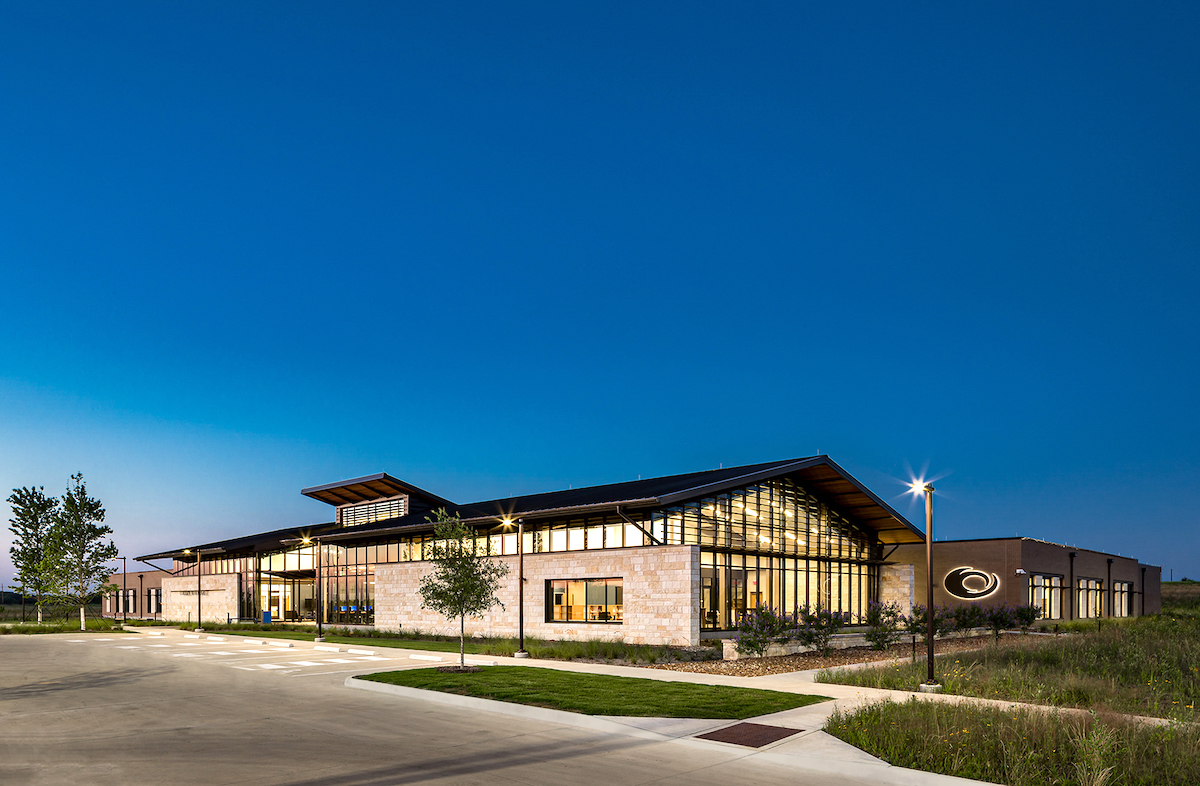
Community colleges are reimagining themselves as students seek a different path in their journey to attain quality post-secondary education in today’s competitive marketplace. Rapidly shedding the stigma as “less than “in higher education circles, they are enhancing their academic and other student support programs, expanding faculty and improving their infrastructure.
These initiatives must meet the projected increase in enrollment at community colleges, driven by the spiraling cost of four-year college education, and workers who want to hone their skills or seek new ones.
Community colleges also are filling a gap in the nation’s higher educational system: workforce training for occupations that don’t require a university degree. For instance, many community colleges are building state-of-the-art training centers to meet the manufacturing industry’s demands for technical workers.
The need for workers will soon reach a tipping point. According to a joint study conducted by Deloitte and The Manufacturing Industry, the current U.S. manufacturing skills gap will result in more than 2 million unfilled jobs by the next decade.
These combined factors make community colleges an increasingly attractive post-educational pathway to students’ career journeys. It also means community colleges will require new spaces to facilitate 21st-century learning.
One striking example is Collin College, a North Texas public community college in one of the fastest-growing counties in America. The 37-year-old community college has an ambitious building program designed to keep pace with enrollment and to teach with the latest learning methods. It has a dozen campuses and has undergone a significant expansion to accommodate the region’s rapid growth.
Expansion addresses booming population growth
The college’s building program is the outgrowth of plans to meet academic and workforce training needs for the population increase. According to U.S. Census Bureau statistics, Collin County is the second fastest-growing county in Texas and among the top 10 U.S. population-growth leaders.
Last year, the county had more than 36,000 new residents, adding to the more than one million people already living there. And if the Texas Demographic Center’s future growth projections for the county are accurate, Collin County will be home to nearly 2.5 million residents by 2050.
The surging population growth of the county and surrounding communities led to Collin College adding more campuses to address existing and future enrollment. These new projects were financed with funding from a $600 million bond issue approved several years ago.
Collin College’s newest campuses: Celina and Farmersville
In 2021, Collin College completed work on new campuses in Celina and Farmersville. The 50,000-square-foot Farmersville campus opened for classes in the spring, while the nearly 100,000-square-foot Celina campus opened a few months later.
The new campuses reflect the school’s strategy to build academic facilities in areas lacking post-secondary institutions and find a way for students and faculty to avoid driving an hour or more to get an education.
Enrollment update: Clear winners are emerging from pack early this fall
Creating a college campus requires exceptional skill, experience and vision to meet the changing preferences of students, faculty and others. In Collin College’s case, building the new campuses involved designing buildings that adhere to the highest academic standards and innovations for educational facility design while also reflecting the character of the communities.
Celina campus reflects the community’s past and present
The design approach for the Celina campus reflects the area’s once-small town roots and future growth in this booming region. The building’s faÁ§ade features bronze metal panels to give it a modern look but also uses red brick and limestone to mirror older buildings in the city’s downtown.
The building program features three distinct masses—they stack and overlap with the site’s slope to accentuate its inherent beauty. It creates a striking visage that stands out amongst the rapid development that will eventually surround it.
Farmersville is a case study in small-town charm
The design team for the Farmersville campus took a different approach. The campus’ architectural design needed to celebrate the town’s past.

In comparison to Celina, Farmersville maintains its small-town character and charm. We reflect that charm in the building by honoring the city’s historic “Onion Shed.” The shed is a prominent fixture downtown, housing farmers and flea markets.
Responding to a shifting education landscape
Collin College officials gave high marks for the Celina and Farmersville building projects. “Placing a college in a rural community that has never had access to higher education represents an act of love,” said Collin College President Neil Matkin of the Farmersville campus.
Collin College is symbolic of how community colleges successfully respond to the shifting higher educational landscape. Making prudent investments for long-range planning in their campuses will provide the needed resources to sustain future growth.
Tobias Newham is an associate principal at The Beck Group, a Dallas-based integrated design-build firm. He leads the design and programming of the firm’s Dallas-based education projects.





